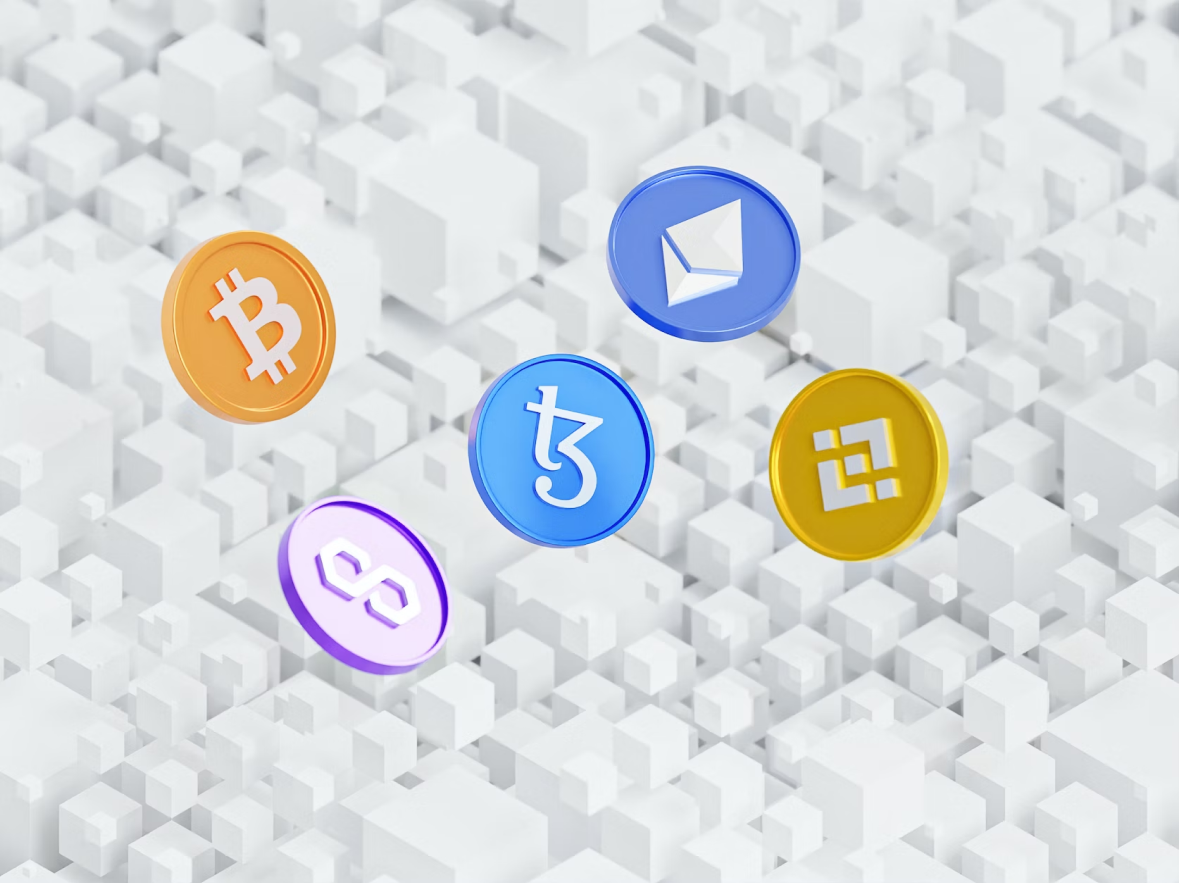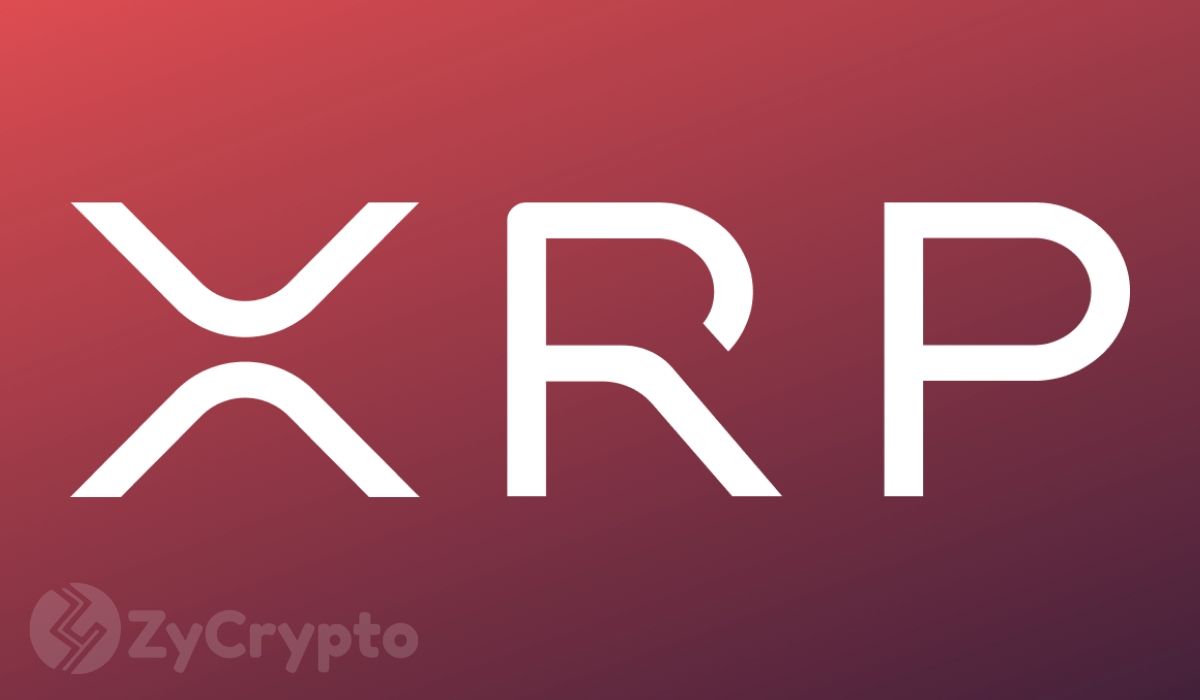Swiss banking giant UBS warns of stagflation risk amid tariff dispute

Swiss banking giant UBS has warned that stagflation — stagnant growth and high inflation — may be the next big threat.
UBS Group AG’s Asia Pacific President, Iqbal Khan, described stagflation as investors’ primary risk while identifying select opportunities in the existing economic environment.
Stagflation Fears Rise Amid Trade Tensions and Central Bank Measures
Addressing Bloomberg’s Family Office Summit in Hong Kong, Khan said that perhaps the biggest question in the market today is how fast the economy grows and whether stagflation—a situation marked by weak growth, high unemployment, and high inflation—is the new normal. He noted:
“That’s the real risk out there and that’s what everybody wants to avoid. And I think most of the central banks including the Fed is clearly very very focused on that.”
The warning comes as central banks around the world tighten their belts in a bid to tame inflation, disruptions in the global supply chain, and increased trade restrictions, which are complicating economic projections.
The ongoing tariff dispute between major economies is one of the major factors fueling stagflation risks. Policy adjustments in recent years, notably between the U.S. and China, have raised new concerns about how trade constraints will affect global supply chains.
Higher tariffs on key commodities and high-tech exports increase production costs and fuel inflation, complicating the economic outlook.
UBS acknowledges risks related to such trade tensions, but Khan noted that pockets of opportunities still exist. He said Europe was exhibiting signs of renewed economic focus, for example, and China and Europe remained relatively low-cost investment destinations with growth potential despite short-term headwinds.
UBS expands in Asia-Pacific with new Hong Kong Tower and leadership moves
UBS is the biggest wealth manager in the Asia-Pacific region and continues to cement its place there. Zurich-based UBS, which has more than 900 client advisers in the region, faces stiff competition from HSBC and regional players like DBS Group.
To strengthen its claim, UBS intends to rent a 14-story office tower currently under construction in Hong Kong’s West Kowloon district, which is scheduled to be finished in 2026.
Khan, who moved to Hong Kong last year, has been instrumental in shaping UBS’s Asia strategy. His appointment as Asia-Pacific president in 2024 was part of a wider corporate rejig, including the expanded role of investment-banking head Rob Karofsky.
Both executives are considered potential successors to UBS Chief Executive Officer Sergio Ermotti, who is set to leave the post by early 2027.
UBS urges strategic investing amid inflation and trade disruptions
The state of the economy may have weighed on the outlook. Despite this, Khan had previously addressed concerns regarding the long-term outlook with measured optimism. UBS recommends that investors take a more “strategic” view and focus on sectors and regions that can withstand inflationary pressures or trade disruptions.
The trick is identifying those market opportunities that respond to new economic realities. According to Khan, solutions are always available to surmount challenges and help people keep up with growth, even amidst uncertainty.
With inflation climbing and trade tensions continuing globally, the bank’s advice on stagflation reminds investors to stay alert and adaptable to an evolving financial landscape.
Cryptopolitan Academy: Coming Soon - A New Way to Earn Passive Income with DeFi in 2025. Learn More
Massive 55% Ripple’s XRP Crash Could Be Coming — Trader Peter Brandt Warns

Despite recent positive developments, XRP continues to face strong bearish pressure. Over the past week, the fourth-largest cryptocurrency by market capitalization has declined approximately 4.12%.
This weakness persists even after Ripple secured a major victory against the U.S. Securities and Exchange Commission (SEC), which dropped its long-running lawsuit against the company last week. A subsequent settlement finalized on Tuesday also failed to move XRP’s price significantly, as investors remained cautious and avoided trading on the news.
Veteran trader Peter Brandt has issued a stark warning for XRP holders, pointing to a potential 55% decline if a head should pattern unfolding on the daily chart is validated.
“XRP is forming a textbook H&S pattern. So, we are now range-bound. Above $3.00, I would not want to be short. Below $1.90, I would not want to own it. H&S projects to $1.07. Don’t shoot the messenger,” he wrote.
Analysts like MartyParty echoed this sentiment, also pointing to the pattern tweeting, “XRP Head and Shoulders maturing. Technical 50% pullback is around $1.60.”
However, not all analysts agree that the H&S pattern will confirm a downturn, meaning that a reversal is still possible. Technical analysts have highlighted the key point that an H&S pattern is not confirmed unless there is a daily close below the neckline at “$1.90,” which has yet to occur.
One analyst noted, “What’s often overlooked in these moments is the potential for an H&S Top Failure pattern, which remains in play, especially as this structure is forming above the 200MA, a key trend filter I use to assess bullish or bearish bias within patterns.”
This aligns with historical technical analysis by Edwards & Magee in Technical Analysis of Stock Trends, which identified cases where an H&S pattern failed, leading to a sharp rally instead of a breakdown. If this occurs, analyst Ali Martinez believes that XRP could surge to $5.
Meanwhile, some analysts have advocated for patience, highlighting XRP’s long-term bullish outlook. In a Thursday tweet, analyst Dark Defender pointed to Fibonacci extension levels and XRP’s seven-year consolidation breakout as key indicators.
Providing a three-month update, he noted that the January-February-March candle will close soon, reinforcing a broader bullish momentum. According to his analysis, the third wave could push XRP toward $5.85–$8.08, with the fifth wave potentially reaching $18.22–$23.20.
At press time, XRP was trading at $2.35, reflecting a 4.28% drop in the past 24 hours.



